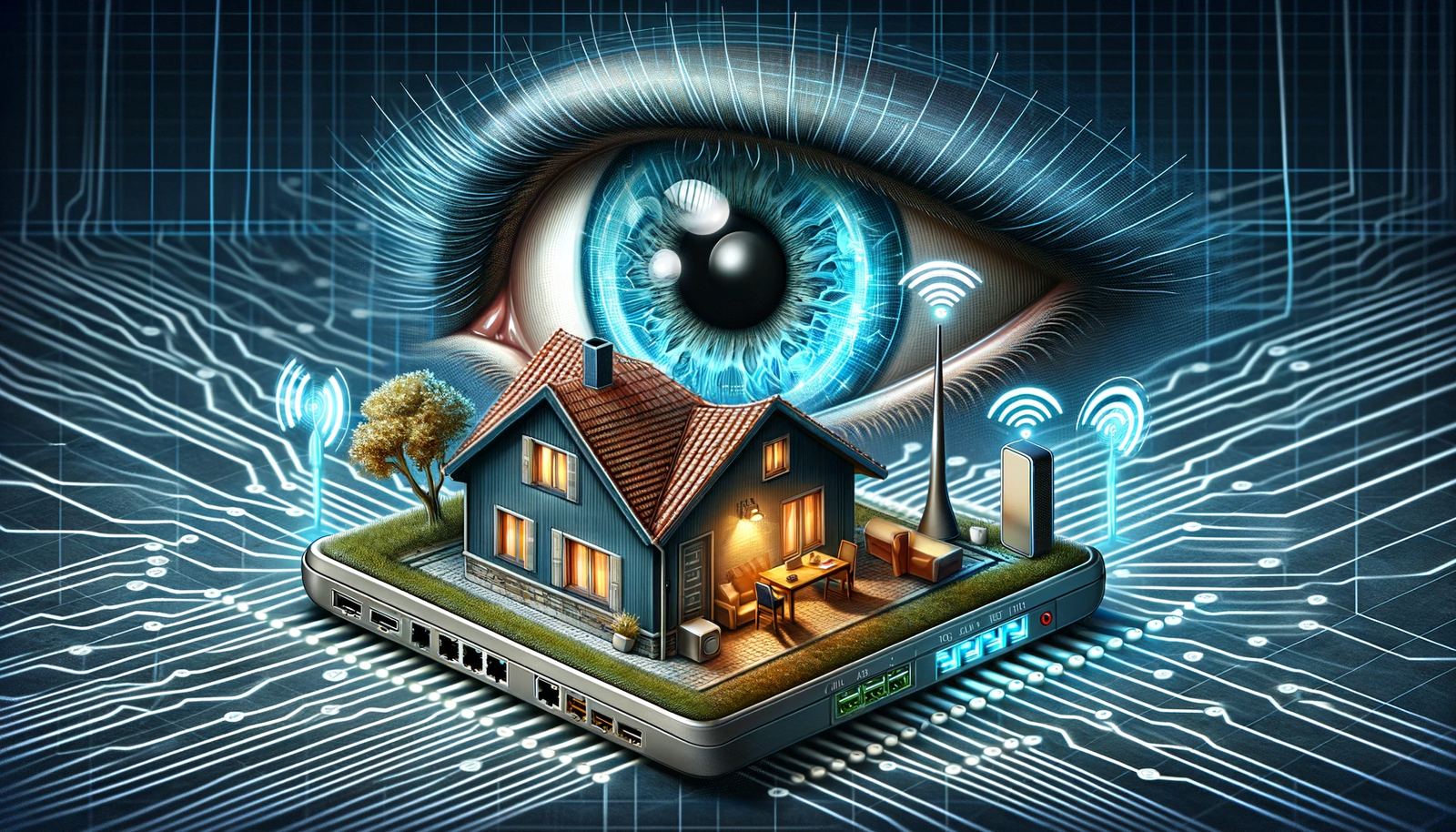

The Internet of Things, or IoT, refers to physical devices that receive and transfer data over wireless networks. These devices range from common household objects like refrigerators or watches to complex industrial machines.
Connected devices, often designed with a priority on functionality rather than security, present multiple vulnerabilities. Each device can potentially become a vector of attack.
Common vulnerabilities include:
Facing these risks, it is essential to adopt robust security strategies:
IoT security is not just the responsibility of device manufacturers; it also involves active participation from users.

Security in the IoT world requires constant vigilance and collaboration among all involved parties.
By adopting a proactive approach and implementing multi-layered security strategies, we can minimize risks and maximize the benefits of this connected ecosystem.
It is essential that everyone, from manufacturers to end-users, takes responsible steps to ensure safe and secure use of IoT technology.
SHARE THIS ARTICLE: